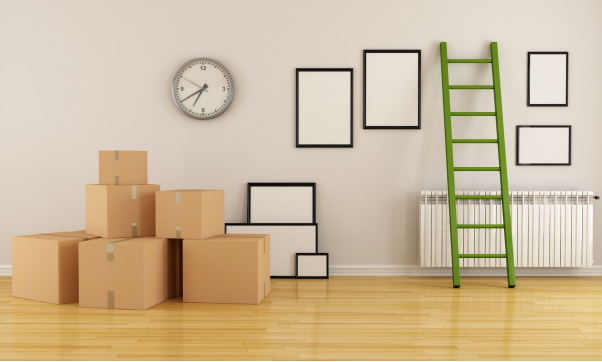
You have acquired quite a collection of art over the years. Just as you plan your next move, you are worried about any possible damage that might happen to your collection. Because these works not only decorate your home, they are an investment as well.
However, in addition to these pieces, you have collected, you have furniture and other belongings that can make moving your art from one place to another difficult. Thankfully, you can transport your artwork safely from one place to the other without worrying about the damage that usually happens when artwork is haphazardly packed and placed with other belongings. When going with professionals, transporting your art is as simple as preparing.
Let’s take a look at some tips on how to safely transport artwork without doing any damage.
Gather Your Supplies
As a part of your move, purchase the necessary packing supplies for your art. Home removalists in Brisbane, in addition to assisting you with your move, can provide you with materials such as sturdy moving boxes, bubble wrap, dunnage (packing paper), and packing tape. Other materials you will need to pack your items include a permanent marker, blue painter’s tape, glassine paper, and flat cardboard sheets. You can find most of these items at any arts and craft store.
Packing Art Stored in a Glass frame or Canvas
If your piece is framed in a glass frame or on canvas, with the painter’s tape, make an X across the front of the painting. Then, around then tape along the borders. If the glass breaks, it will not shatter all over the place. Furthermore, this also prevents shattered glass from scratching the work.
To protect the work, taking the flat cardboard sheets, cut around the sheets so it just fits on the frame of the picture. The sheet should cover the frame or the canvas. If your picture does not have a glass frame, then make sure to cover it with a sheet or two of glassine to prevent any damage.
Then, wrap artwork in layers of bubble wrap, making sure there are no exposed areas. You can use one layer of bubble wrap, but more layers add more cushion. To secure bubble wrap, use your packing tape, but make sure the tape is only affixed to the wrap. In this way, you have secured the artwork framed in glass or set on canvas.
Finally, you are ready to pack your artwork in the box. Use dunnage as a cushion for the painting that sits in the box. The box should be filled to at least 3” depth. After adding the packing paper, gently place the artwork in the box and then close up all of the spaces in the box to avoid movement while the work is in transition. Tape up the box.
Taking Care in Transit
While your pieces are packed securely, you also want to make sure that environmental factors do not damage the work. Too much light, in addition to a number of other environmental factors, can damage the work while in transit.
When packing and unpacking, make sure art is not exposed to well-lit places (sunlight or incandescent light), as colours fade over time. In addition, if left out, art can become brittle. When storing art before a move, place it in an area where it doesn’t get direct light.
Art is also affected by fluctuating temperatures as well. Because paint contains clay, it is affected by fluctuating temperatures. Moving art long distances where temperatures might fluctuate between cool and hot can damage the work. If you are moving art long distances, make sure the moving company can provide air-conditioned vans.
The one hazard to artwork is the thing that protects it from damage when moving. Silverfish are attracted to packing paper and can damage the art. Commonly called “flyspots,” these damages ruin the work. The only way to guard against this type of damage is to pack the painting so there are no possible ways insects can get to the painting.
Invest in Protection
Art is like any other investment. The more you deposit your time in caring for it the higher the return on your investment. Whether you are an art enthusiast or someone holding onto a family heirloom, your artwork’s value is seen by how well the piece is preserved. A few simple steps in caring for a piece that at some point might be worth thousands is worth the small investment it takes to keep it safe from damage.


